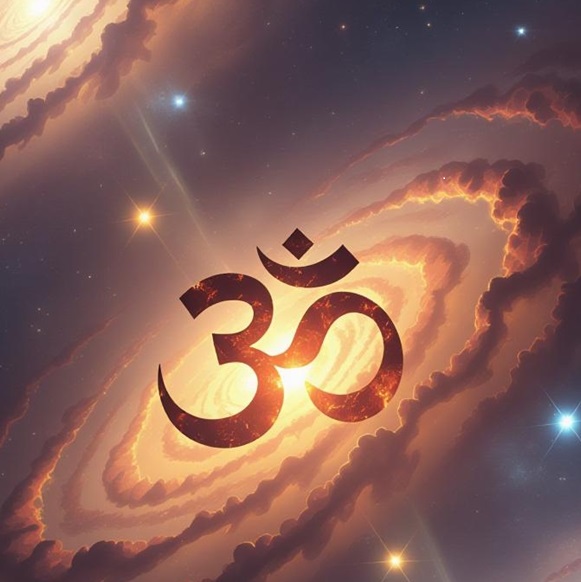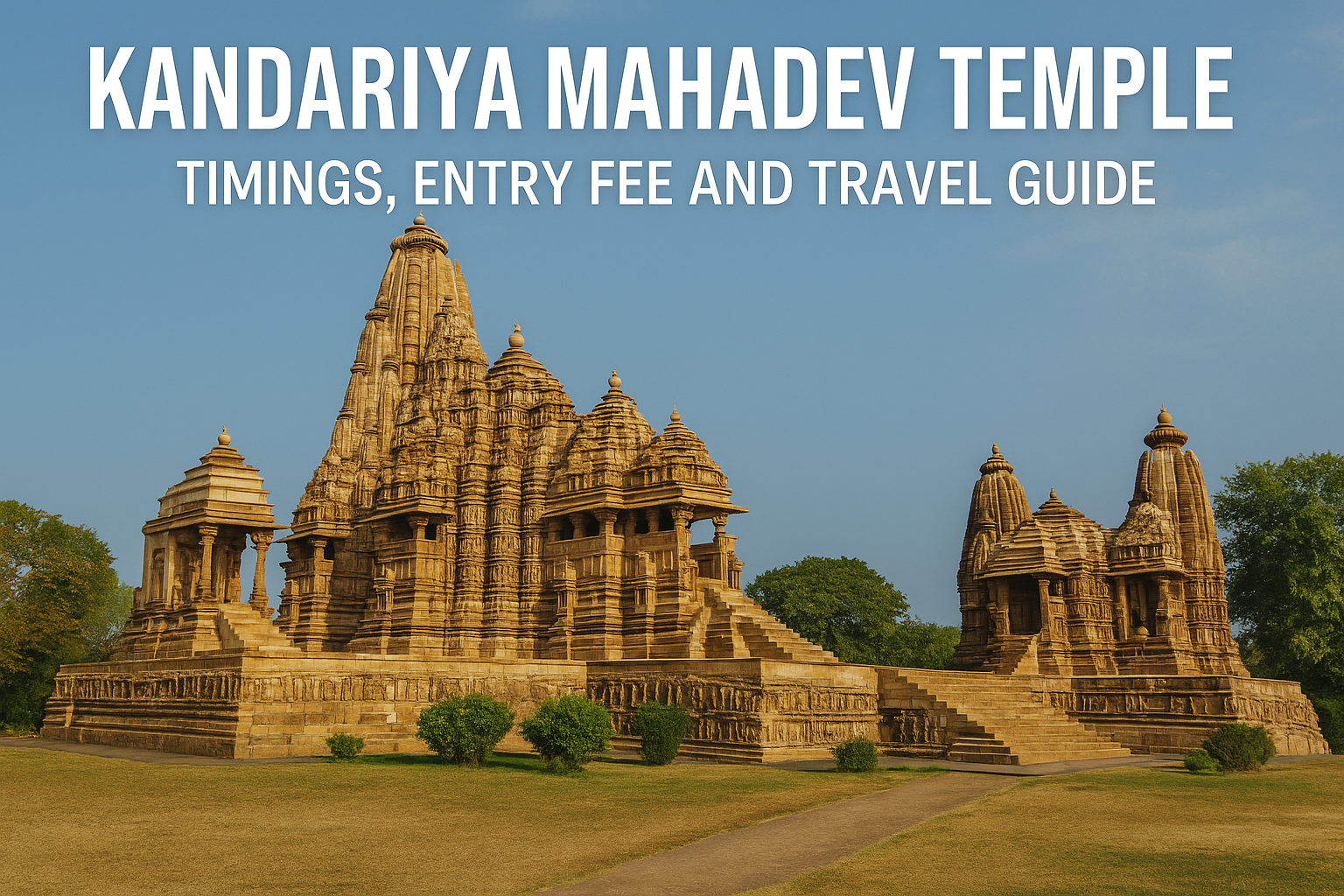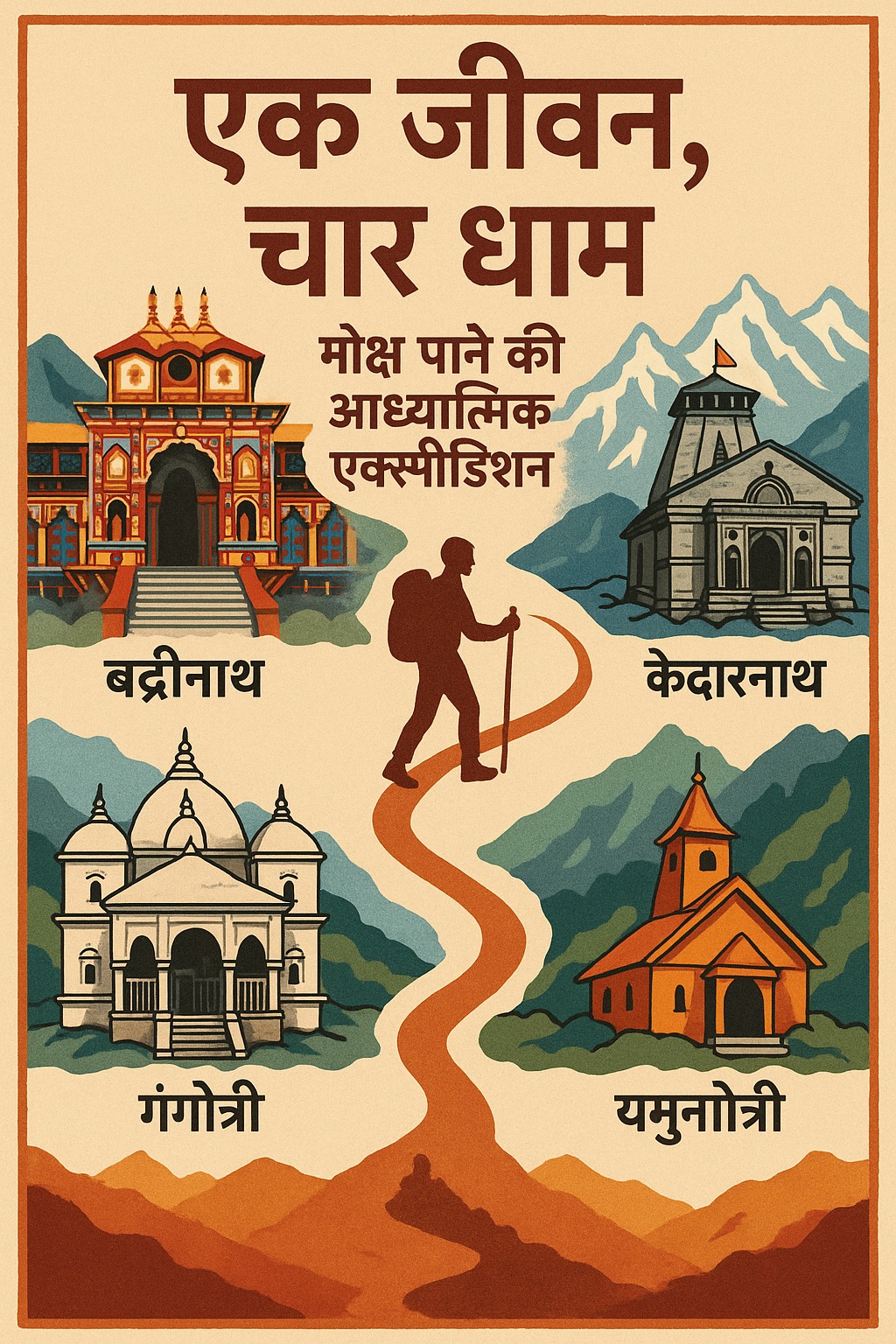
Introduction to Hinduism introduction and Its Pantheon
Hinduism stands as one of the most ancient and intricate religions, with roots stretching back thousands of years. Distinguished by its rich tapestry of beliefs, rituals, and traditions, Hinduism is not just a religion but a way of life for millions. Central to its diverse practices is a vast pantheon of gods and goddesses, each embodying different aspects of the divine.
The term ‘bhagwan’ in Hinduism refers to the concept of a deity, often signifying a god or the Supreme Being. Unlike monotheistic religions, Hinduism embraces a polytheistic framework, acknowledging the existence of numerous gods and goddesses. This multiplicity allows followers to worship the divine in various forms, reflecting the multifaceted nature of existence itself.
Despite its polytheistic tendencies, Hinduism also houses the belief in a supreme deity, often conceptualized as Brahman. Brahman is the ultimate, unchanging reality, amidst and beyond the world. This belief in one ultimate reality, or Supreme God, coexists with the worship of many deities, illustrating the complex and inclusive nature of Hindu spirituality.
Among the pantheon, some of the most revered deities include Vishnu, Shiva, and Devi, each representing different aspects of the divine and holding unique significance. Vishnu is often associated with preservation and protection, Shiva with destruction and transformation, and Devi with creation and nurturing. These deities are not seen as separate entities but rather as different manifestations of the same ultimate reality.
Hinduism’s ability to accommodate a wide range of beliefs and practices has allowed it to thrive and evolve over millennia. Understanding its pantheon is crucial to appreciating the depth and breadth of Hindu worship and the profound philosophical concepts that underpin this ancient religion.
The Concept of a Supreme Deity in Hinduism
Hinduism, one of the oldest religions in the world, presents a complex and nuanced understanding of divinity. Central to this understanding is the concept of Brahman, the ultimate reality and the supreme cosmic power that transcends all physical and metaphysical realms. Brahman is often described as infinite, eternal, and formless, embodying the essence of all that exists. This notion of an all-encompassing divine principle serves as the foundation for the diverse array of deities worshipped in Hindu tradition.
While on the surface, Hinduism may appear to be polytheistic due to its pantheon of gods and goddesses, these deities are, in essence, various manifestations of Brahman. Each deity represents different aspects and attributes of this singular divine principle. For instance, Vishnu, Shiva, and Devi are considered major deities, each embodying distinct qualities of Brahman. Vishnu is often associated with preservation and protection, while Shiva embodies destruction and transformation, and Devi represents the feminine principle of creation and sustenance.
Philosophically, Hinduism offers multiple paths to understanding and experiencing Brahman. The Advaita Vedanta school, for example, posits a non-dualistic approach, asserting that Brahman and the individual soul (Atman) are ultimately one and the same. In contrast, the Dvaita school maintains a dualistic perspective, where the individual soul and Brahman remain distinct, yet intimately connected. These varying interpretations provide a rich tapestry of thought, allowing practitioners to approach the divine in ways that resonate with their personal beliefs and experiences.
The concept of a supreme deity in Hinduism is thus not confined to a single form or name. Instead, it is a dynamic and inclusive framework that accommodates a multitude of divine expressions. This theological flexibility underscores the profound philosophical depth inherent in Hinduism, allowing it to encompass a vast spectrum of spiritual practices and beliefs, all converging on the singular truth of Brahman as the ultimate reality.
The Trinity: Brahma, Vishnu, and Shiva
The concept of the Trimurti, or the Hindu trinity, encompasses three principal deities: Brahma, Vishnu, and Shiva, each representing different facets of the cosmic functions. Brahma, the creator, is responsible for the origination of the universe. Vishnu, the preserver, maintains the order and harmony in the cosmos. Shiva, the destroyer, facilitates transformation by bringing an end to old processes, making way for new beginnings.
Brahma’s role as the creator is fundamental yet paradoxically often considered less prominent in daily worship compared to Vishnu and Shiva. Temples dedicated to Brahma are relatively rare, and his presence in rituals is not as pronounced. This could be attributed to the belief that creation is a one-time event, whereas preservation and destruction are ongoing processes.
Vishnu, on the other hand, holds a significant place in Hindu devotion. As the preserver, Vishnu incarnates in various forms, known as avatars, to restore cosmic order. The most celebrated avatars, such as Rama and Krishna, are central to Hindu mythology and worship practices. Vishnu’s role extends beyond mere preservation; he embodies compassion, protection, and sustenance, making him a pivotal figure in maintaining the universe’s balance.
Shiva, the destroyer, is equally revered and feared. His role is not limited to annihilation but is also associated with renewal and regeneration. Shiva’s destructive powers are seen as a vital force for transformation, eliminating impurities and making way for new creation. His worship often emphasizes asceticism, meditation, and the transcendence of material desires. The dichotomy of Shiva’s character—both merciful and fierce—adds to his complexity and significance in the Hindu pantheon.
In the context of being the ‘biggest’ god in Hinduism, the Trimurti collectively represents the entirety of the universe’s lifecycle. Each deity’s role is indispensable, and their interdependence emphasizes the holistic nature of existence. The perception of greatness among these gods varies among devotees, with some favoring Vishnu’s nurturing presence, others venerating Shiva’s transformative power, and a few acknowledging Brahma’s foundational creation.
Vishnu: The Preserver and His Avatars
In the vast pantheon of Hindu deities, Vishnu holds a pivotal place as the preserver of the universe. His primary role is to sustain and maintain cosmic order, a function that has established him as a central figure in Vaishnavism, one of the major traditions within Hinduism. Vishnu is revered not only for his own divine attributes but also for his numerous avatars, or incarnations, which he assumes to restore dharma (cosmic law and order) whenever it is threatened by chaos and evil.
Among Vishnu’s most celebrated avatars are Rama and Krishna, each embodying unique virtues and teachings. Rama, the hero of the ancient epic, the Ramayana, represents the ideal king, embodying principles such as duty, honor, and righteousness. His journey, filled with trials and tribulations, serves as a moral compass for millions of devotees who strive to emulate his virtues in their own lives.
Krishna, on the other hand, is a multifaceted deity whose life and teachings are chronicled in texts such as the Bhagavad Gita and the Mahabharata. Krishna’s role as a charioteer and guide to the warrior Arjuna during the Kurukshetra war is particularly significant. The Bhagavad Gita, a dialogue between Krishna and Arjuna, delves into profound philosophical discussions about duty, righteousness, and the nature of the self, thus providing spiritual guidance that transcends time and place.
Vishnu’s avatars are not limited to human forms; they also include divine manifestations such as Narasimha, the half-man, half-lion incarnation that vanquished the demon Hiranyakashipu, and Varaha, the boar that rescued the Earth from the depths of the cosmic ocean. Each avatar underscores Vishnu’s unwavering commitment to restoring balance and protecting the universe from malevolent forces.
In Vaishnavism, Vishnu is often depicted reclining on the serpent Ananta, floating in the cosmic ocean, with his consort Lakshmi by his side. This imagery symbolizes his eternal and all-encompassing nature, reinforcing his role as the eternal preserver of the cosmos. Through his avatars and divine interventions, Vishnu continues to be a beacon of hope and a protector of dharma for countless devotees across the world.
Shiva: The Destroyer and Transformer
Shiva, one of the principal deities in Hinduism, holds a unique place as both the destroyer and transformer. Revered extensively in Shaivism, one of the major traditions within Hinduism, Shiva’s significance extends beyond mere destruction. His role is pivotal in the cyclical process of creation, preservation, and destruction, making him crucial to maintaining cosmic balance. This multifaceted deity embodies the paradox of destruction leading to new beginnings, a concept that resonates deeply within Hindu philosophy.
Shiva is often depicted in various forms, each symbolizing different aspects of his divine nature. One of his most iconic representations is Nataraja, the cosmic dancer, who performs the Tandava, a dance that signifies the rhythm of creation and destruction. In this form, Shiva’s dance is not just a mere act of destruction but a profound representation of the universe’s perpetual cycle. Another significant form is Ardhanarishvara, where Shiva is depicted as half-male and half-female, symbolizing the fusion of masculine and feminine energies and the essential balance of dualities.
Many devotees consider Shiva the supreme god due to his encompassing roles. In his aspect as Rudra, he is a fierce and destructive force, yet as Shankara, he is benevolent and auspicious. The duality of his character demonstrates his ability to transform the old and obsolete into the new and vibrant. This transformative power is not limited to the physical world but extends to the spiritual realm, where Shiva is seen as a guide for souls seeking liberation (moksha).
Shiva’s prominence is further underscored by the numerous temples dedicated to him across India, such as the famous Kashi Vishwanath Temple in Varanasi and the Kedarnath Temple in the Himalayas. These sacred sites attract millions of devotees yearly, highlighting Shiva’s enduring appeal and spiritual significance. His legends, depicted in texts like the Shiva Purana and the Mahabharata, reinforce his importance and the reasons why many view him as the ultimate deity within the Hindu pantheon.
Devi: The Divine Mother Goddess
In the vast and intricate tapestry of Hinduism, Devi occupies a central and revered position as the embodiment of the feminine aspect of the divine. Known by numerous names and forms, she is revered in various manifestations, each representing different attributes and powers. Among her most celebrated forms are Durga, Kali, and Lakshmi, each playing a pivotal role in Hindu worship and mythology.
Durga, often depicted riding a lion or tiger, symbolizes strength and protection. She is the warrior goddess who combats evils and demonic forces that threaten peace and prosperity. Durga’s significance is especially highlighted during the festival of Navratri, a nine-night celebration dedicated to her nine forms. Through this celebration, devotees express their unwavering faith in her as a protector and savior.
Kali, another fierce manifestation of Devi, represents destruction and transformation. She is often portrayed with a garland of skulls and a fierce countenance, signifying her role in annihilating evil to pave the way for renewal. Despite her terrifying appearance, Kali is also viewed as a benevolent mother figure who liberates her devotees from the cycle of birth and death.
In contrast, Lakshmi embodies wealth, prosperity, and purity. She is worshipped widely during Diwali, the festival of lights, where devotees seek her blessings for material and spiritual prosperity. As the consort of Vishnu, Lakshmi plays a crucial role in sustaining the universe by bestowing abundance and ensuring the well-being of all beings.
Devi’s importance is not confined to these forms alone; she is central to Shaktism, a major tradition within Hinduism that focuses on the worship of the divine feminine. Shaktism emphasizes the concept of Shakti, the cosmic energy that sustains the universe, and regards Devi as the ultimate source of this power. Beyond Shaktism, her worship permeates broader Hindu practices, illustrating her integral role in the religious and cultural life of millions.
Other Major Deities and Their Significance
In Hinduism, the pantheon of gods and goddesses is vast and diverse, each deity embodying different aspects of life and the cosmos. Among these, Ganesha, Hanuman, and Saraswati hold significant places in the hearts and minds of millions of devotees.
Ganesha, often recognized by his elephant head, is widely revered as the remover of obstacles and the god of beginnings and wisdom. His worship is integral to various rituals and ceremonies, especially at the commencement of new ventures. Ganesha’s attributes include a broken tusk, symbolizing sacrifice, and a mouse as his vehicle, representing the ability to overcome any challenge, no matter how small or large. His presence in homes and temples is seen as a harbinger of good fortune and protection.
Hanuman, the monkey god, is celebrated for his unwavering devotion, strength, and loyalty. A central figure in the epic Ramayana, Hanuman’s feats include leaping across the ocean to find Sita, lifting an entire mountain to save Lakshman, and his steadfast service to Lord Rama. Hanuman is often invoked for courage and perseverance, particularly in the face of adversity. His tales inspire devotees to cultivate qualities of selfless service and enduring faith.
Saraswati, the goddess of knowledge, music, art, and wisdom, is another key figure in Hinduism. She is depicted as a serene figure, often seated on a lotus or a swan, holding a veena (a musical instrument), a book, and a rosary. Saraswati’s blessings are sought by students, artists, and scholars alike, as she embodies the purity and pursuit of knowledge. Her festival, Saraswati Puja or Vasant Panchami, marks the onset of spring and is celebrated with great fervor, particularly in educational institutions.
These deities, with their unique attributes and roles, contribute to the rich tapestry of Hindu spirituality. Their stories and symbolism offer devotees a means to connect with the divine, seeking guidance, strength, and wisdom in their daily lives.
Conclusion: The Unity in Diversity
In the vast and intricate tapestry of Hinduism, the question of who the ‘biggest’ god is may not have a definitive answer. Hinduism, with its rich pantheon of gods and goddesses, embodies a unique theological framework that emphasizes both diversity and unity. Each deity, whether it is Brahma, Vishnu, Shiva, or any other, holds a significant place in the hearts and minds of devotees. This inclusive nature ensures that different deities are worshipped with equal reverence, reflecting the pluralistic ethos of the religion.
The concept of ‘biggest’ in Hinduism transcends the mere hierarchy of gods. Instead, it delves into the understanding that all deities are manifestations of the same ultimate reality, often referred to as Brahman. This profound idea underscores that the divine can be perceived in myriad forms, each representing various aspects of existence and the universe. Therefore, the reverence for multiple gods and goddesses is not a contradiction but a harmonious acceptance of the divine’s multifaceted nature.
Moreover, the inclusive nature of Hindu worship allows for personal and regional variations in devotion. A devotee in one part of India might revere Vishnu as the supreme god, while another in a different region might offer the same devotion to Shiva or Devi. This flexibility fosters a sense of unity among Hindus, as it respects individual and communal preferences without diminishing the significance of any deity.
In conclusion, Hinduism’s strength lies in its ability to embrace the unity in diversity. The question of who the ‘biggest’ god is becomes secondary to the understanding that all deities, in their varied forms, are diverse expressions of the same ultimate reality. This inclusive and pluralistic approach enriches the spiritual landscape, allowing for a deeper, more profound connection with the divine.













Leave a Reply